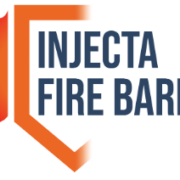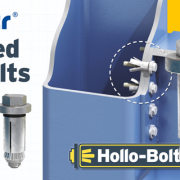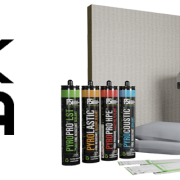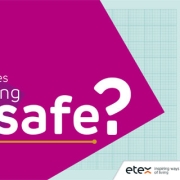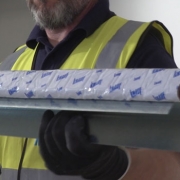Leading installer of regulatory-compliant passive fire barriers, Injecta Fire Barrier, have been honoured with a dedicated ‘Injectaclad Contractors Award’ in recognition of their successful implementation of the Injectaclad solution across the UK.
The Injectaclad Contractors Award celebrates approved installers who demonstrate outstanding delivery, meticulous project management and a strong dedication to upholding the highest standards in fire protection.
As the UK’s first independent approved installer of the patented Injectaclad system, Injecta Fire Barrier has been commended for its commitment to compliance through minimally disruptive installations in UK high-rise buildings.
“From complex residential retrofits to large-scale remediation works, we’ve consistently delivered safe, compliant and minimally disruptive fire protection solutions using the Injectaclad system – and it’s an honour to be recognised with this prestigious Injectaclad Contractors Award!” says Shaun Tasker, Managing Director at Injecta Fire Barrier.
Injectaclad is an acrylic based graphite sealant that expands when exposed to heat to slow the spread of flames and smoke between wall and floor cavities, giving a building’s occupants critical time to safely evacuate.
By eliminating the need for major alterations to a building’s façade, the solution offers building owners a more cost-effective alternative than the removal of potentially dangerous cladding.
With the growing demand for passive fire safety solutions following the Grenfell tragedy and subsequent regulatory reforms, including the Fire Safety Act (2021), installers such as injectaclad have sought to leverage the innovative solution to help buildings across the UK become better safeguarded from fire.
“With stricter regulations creating challenges for property developers, passive fire barriers like Injectaclad are becoming essential. Now as an award-winning installer, we remain committed to providing cost-effective fire safety solutions for high-rise buildings, while supporting property developers in achieving compliance” adds Shaun.
Operating as a subsidiary in the Light Science Technologies Holdings PLC Group, Injecta Fire Barrier is a trusted partner in the fire protection industry, focusing solely on supplying and installing the innovative passive fire barriers.
With 2025 shaping up to be a busy year, filled with major projects and industry events, Injecta Fire Barrier is looking forward to expanding its reach and impact to further strengthen their role in safeguarding UK buildings from fire.
“This esteemed award is a testament to the hard work, precision and commitment our team poured into every project. A massive thank you to Injectaclad for this recognition and to our clients and partners for your continued trust in our expertise. Here’s to raising the bar in passive fire protection and to many more milestones ahead!” concludes Shaun.
More information about Injecta Fire Barrier can be found at: https://injectafirebarrier.com/


